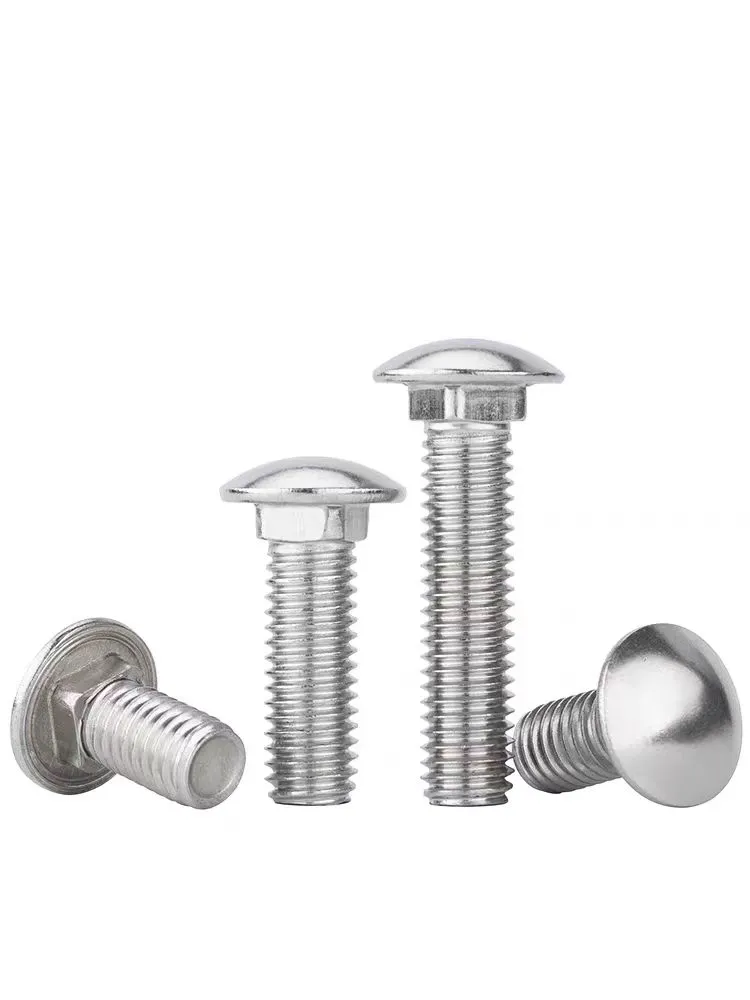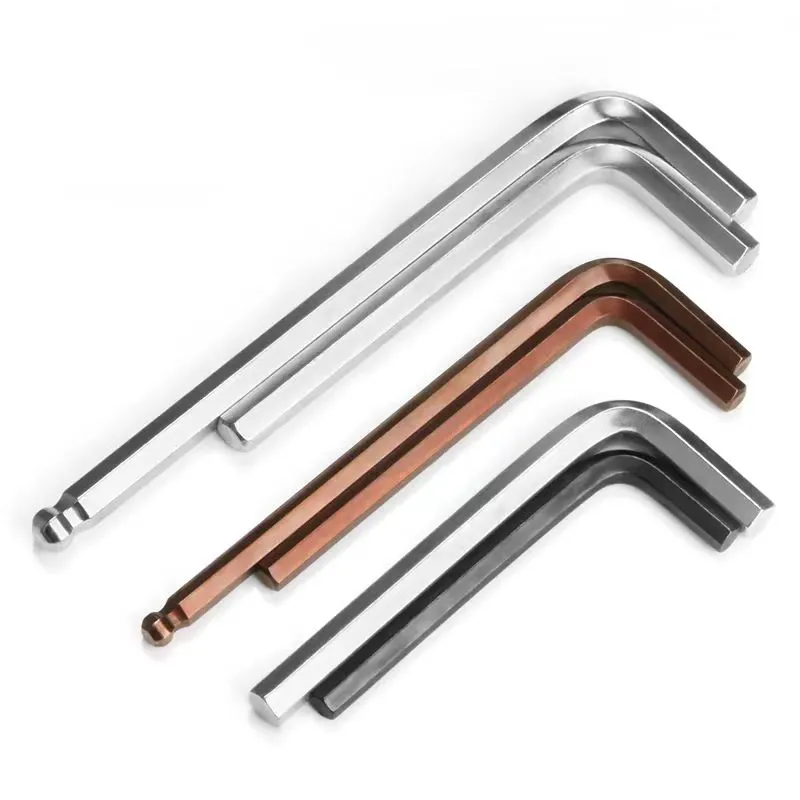

hex nut flange
Jan . 20, 2025 10:42 Back to list
hex nut flange
Hex flange nuts represent an essential component in the world of fasteners, offering a unique design that enhances the stability and distribution of pressure in various assemblies. These nuts feature an integrated flange at one end, which serves a dual function by acting as a washer and helping to distribute loads more evenly. This creates a sturdier connection, minimizing the risk of damage to the surfaces being fastened.
To maximize the benefits of hex flange nuts, it's essential to follow best practices for installation. Proper torque specifications should be adhered to, ensuring that the fastener is neither too loose nor over-tightened, which can cause damage to the nut or the material it's securing. Another key consideration is the substrate material; hex flange nuts designed for metal may require different mounting techniques compared to those used with softer materials like wood or plastic. In the ever-evolving landscape of industrial assembly, there is an increasing emphasis on fastener technology that meets both traditional reliability and modern efficiency standards. The hex flange nut exemplifies this trend through its multi-functional design and its ability to adapt to a variety of tasks and environments. Furthermore, ongoing advancements in manufacturing techniques are leading to the development of hex flange nuts with improved materials and design innovations, providing enhanced performance and sustainability. One of the emerging trends is the increasing customization of hex flange nuts to meet specific industry requirements. Manufacturers are beginning to offer tailor-made solutions with bespoke sizes, materials, and surface treatments to cater to niche applications where standard fasteners may not suffice. This shift towards customization is empowering industries to achieve greater specificity and precision in their assemblies, further unlocking the potential of hex flange nuts. Moreover, the incorporation of digital technology in manufacturing processes has allowed for greater quality control, ensuring each hex flange nut meets exacting standards. With the integration of IoT and smart manufacturing, producers can maintain real-time oversight of production parameters, leading to improved consistency and reducing the likelihood of defects. Ultimately, hex flange nuts are more than just a fastening solution; they are a testament to the ingenuity of engineering design where simplicity meets functionality. For businesses looking to enhance the reliability and efficiency of their assemblies, the adoption of hex flange nuts offers a strategic advantage. Whether it's for heavy machinery, automotive applications, or complex structural projects, the assurance of quality and performance that hex flange nuts bring is indispensable. As industries continue to innovate and adapt to new challenges, the role of high-quality fasteners like the hex flange nut will remain integral to their success.


To maximize the benefits of hex flange nuts, it's essential to follow best practices for installation. Proper torque specifications should be adhered to, ensuring that the fastener is neither too loose nor over-tightened, which can cause damage to the nut or the material it's securing. Another key consideration is the substrate material; hex flange nuts designed for metal may require different mounting techniques compared to those used with softer materials like wood or plastic. In the ever-evolving landscape of industrial assembly, there is an increasing emphasis on fastener technology that meets both traditional reliability and modern efficiency standards. The hex flange nut exemplifies this trend through its multi-functional design and its ability to adapt to a variety of tasks and environments. Furthermore, ongoing advancements in manufacturing techniques are leading to the development of hex flange nuts with improved materials and design innovations, providing enhanced performance and sustainability. One of the emerging trends is the increasing customization of hex flange nuts to meet specific industry requirements. Manufacturers are beginning to offer tailor-made solutions with bespoke sizes, materials, and surface treatments to cater to niche applications where standard fasteners may not suffice. This shift towards customization is empowering industries to achieve greater specificity and precision in their assemblies, further unlocking the potential of hex flange nuts. Moreover, the incorporation of digital technology in manufacturing processes has allowed for greater quality control, ensuring each hex flange nut meets exacting standards. With the integration of IoT and smart manufacturing, producers can maintain real-time oversight of production parameters, leading to improved consistency and reducing the likelihood of defects. Ultimately, hex flange nuts are more than just a fastening solution; they are a testament to the ingenuity of engineering design where simplicity meets functionality. For businesses looking to enhance the reliability and efficiency of their assemblies, the adoption of hex flange nuts offers a strategic advantage. Whether it's for heavy machinery, automotive applications, or complex structural projects, the assurance of quality and performance that hex flange nuts bring is indispensable. As industries continue to innovate and adapt to new challenges, the role of high-quality fasteners like the hex flange nut will remain integral to their success.
Latest news
-
High-Strength Hot Dip Galvanized Bolts - Hebei Longze | Corrosion Resistance, Customization
NewsJul.30,2025
-
Hot Dip Galvanized Bolts-Hebei Longze|Corrosion Resistance&High Strength
NewsJul.30,2025
-
High-Strength Hot-Dip Galvanized Bolts-Hebei Longze|Corrosion Resistance&High Strength
NewsJul.30,2025
-
Hot Dip Galvanized Bolts-Hebei Longze|Corrosion Resistance&High Strength
NewsJul.30,2025
-
Hot Dip Galvanized Bolts - Hebei Longze | Corrosion Resistance, High Strength
NewsJul.30,2025
-
High-Strength Hot Dip Galvanized Bolts-Hebei Longze|Corrosion Resistance, Grade 8.8
NewsJul.30,2025

